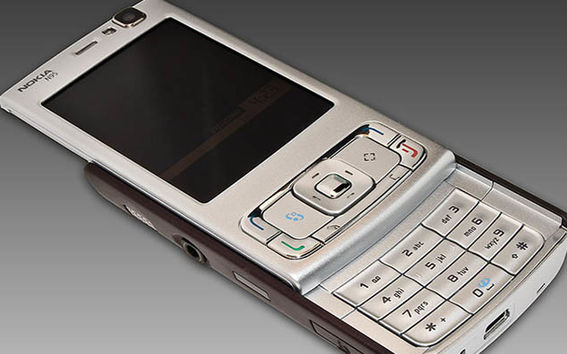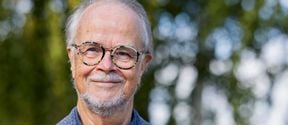Digital disruptions in mobile phone markets

The study “Features as predictors of phone popularity: An analysis of trends and structural breaks”, recently published in Telematics and Informatics, sheds some light on why Nokia lost its position as a leading manufacturer of mobile phones.
About the research
An unexpected shift or change in a time series data is called a structural break. This kind of disruption can lead to severe forecasting error and therefore it has been a subject of interest, especially in econometrics. Chow test is a statistical analysis used to discover structural breaks. It tests whether the coefficients of the linear regressions, of two different data sets, are equal.
This very same method was applied in a study to test for the presence of structural breaks in mobile phone choice criteria. The research used phone sales data from Finland during 2004 - 2013, consisting of more than 50 parameters (sales volume, pricing, manufacturer, operating system and technical innovations in the phone). First, a predictive model was constructed for each year to predict the popularity of the phone based on the available parameters. Parameters which predict phone popularity well have been, directly or indirectly, consumers’ choice criteria. Second, a Chow test was used to discover potential trends and structural breaks from the longitudinal choice criteria information.
Research findings
The study discovered three types of results.
- The importance of the manufacturer brand as a choice criteria, especially regarding to Nokia, clearly increased each year from 2004 to 2007, but suddenly started to decrease from 2008 onwards, forming a structural break in 2007 – 2008. Interpreting this behavior is helped by studying the behavior of the operating system: From 2006 onwards the importance of the operating system increased each year. A reason for this structural break is expected to be a market turning from device driven to Internet driven mode, which contributed to Nokia’s failure with its Symbian and Windows operating systems, and to Google’s success with Android, an Internet driven operating system. It might be fruitful to hypothesize similar phenomena in other industries as well, for example as part of the Digital Disruption of Industry-project.
- The study discovered also mobile phone market disruption in Finland in 2010 – 2011 based on the differences in choice criteria between two consecutive years. The launch of iPad at the end of 2010 in Finland and the announcement of the Nokia and Microsoft co-operation in early 2011 could have been the factors which disrupted Finnish phone markets in 2011.
- Most of the technical innovations in the phone did not form any clear trends nor structural breaks, except the phone’s display size and number of colors, its communication capabilities and the existence of a camera and camera capabilities. These characteristics have clearly been choice criteria for consumers for a certain period of time, but then became irrelevant. A natural explanation for this behavior is the penetration of each innovation among the marketed phones: When an innovation penetration exceeds, say 70%, it is no longer an important choice criteria for the consumer.
The Chow test proved to be a useful way to analyze structural breaks from the time series data, which would otherwise be hard to discover. Reasons for the detected disruptions can then be analyzed and used for learning purposes, for instance.
The authors of the paper are part of the DDI consortium that studies the implications of digitalization to the Finnish society through the lens of industry. The consortium consists of Aalto University, ETLA, Lappeenranta University of Technology, University of Turku and VTT. The consortium is led by Professor Martti Mäntylä from Aalto University.
- Published:
- Updated:
Read more news

Aalto ARTS alum Vidha Samya’s artwork featured at the Venice Biennale 2024
The Pavilion of Finland presents ‘The pleasures we choose’ at the 60th International Art Exhibition – La Biennale di Venezia until 24 November 2024.
IoT Forge donates EUR 1 million to the School of Engineering
The donation will be used for research and education on the Industrial Internet and digital twins.
Join us for the first Aalto Open Science Award Ceremony
All Aaltonians are welcome – no registration required!